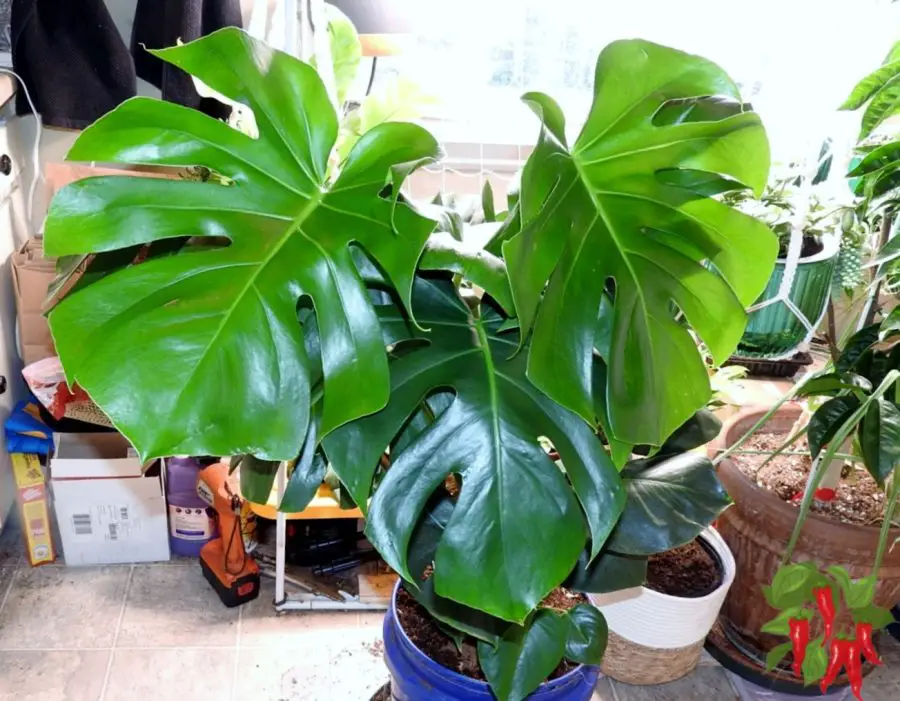
Monstera Deliciosa care indoors is easier than you might think—and honestly, it’s one of the most rewarding plants you can grow.
With those bold, tropical leaves and a natural urge to climb and sprawl, the Swiss Cheese Plant brings a big dose of green life into your space.
If you’re looking for a plant that makes a statement and actually grows well inside, this one’s got you covered.
Monstera Deliciosa Care Key Takeaways
- Monstera Deliciosa care indoors means giving your plant bright, indirect light.
- Watering when the top inch of soil is dry, and using well-draining soil like coco coir.
- Keep it away from direct sun, support it with a pole or stake, and feed it during the growing season.
- This plant loves warmth and grows best with regular care.
👀🎥 Watch the Video: Monstera Deliciosa Care Indoors
Want to see how mine’s doing and get the full rundown on care in action? Watch the video below for tips on lighting, watering, support systems, and more—all straight from my kitchen jungle.
You’ll see the aerial roots, support system, and how I’ve trained it to stay upright in my kitchen.
It’s grown a ton since I got it, and in the video, you’ll get all the little details that didn’t make it into the blog. Give it a watch!
Monstera Deliciosa Care Indoors: Keep It Lush & Healthy
Monstera Deliciosa care indoors can feel a bit tricky when you’re just starting out.
You might give it a spot in your home, but the leaves don’t split, it leans over, or it just stops growing.
With the right light, watering routine, and a few simple tips, you’ll have those big, iconic leaves thriving in no time. We’ll show you how.
🛒 Ready to Grow Your Own?
Love the look of this plant? You can grab a Monstera Deliciosa online on Amazon and have it delivered right to your door.
 Costa Farms Monstera Swiss Cheese Plant, Live Indoor Plant, Easy to Grow Split Leaf Houseplant in Indoors Nursery Plant Pot, Housewarming, Decoration for Home, Office, and Room Decor, 2-3 Feet Tall
Costa Farms Monstera Swiss Cheese Plant, Live Indoor Plant, Easy to Grow Split Leaf Houseplant in Indoors Nursery Plant Pot, Housewarming, Decoration for Home, Office, and Room Decor, 2-3 Feet Tall
It’s a beautiful, low-maintenance addition to any space and a great focal point or starter plant if you’re just getting into indoor gardening.
Monstera Deliciosa Care Indoors 🌿💚

The Monstera Deliciosa is one of those plants that turns heads the second you walk into the room.
With its huge, tropical leaves and those signature splits and holes, it brings a wild, jungle vibe to any indoor space.
It’s bold, dramatic, and surprisingly easy to care for once you get the hang of it.
I’ve had mine for about a year now. Picked it up from Costa Farms, and it was already a looker—but now? It’s massive.
Easily the biggest plant in my small apartment, and honestly, it’s become the star of the show.
It’s growing like crazy in the kitchen under a simple LED grow light setup, and I’ve learned a ton just watching how it responds to the space.
If you’re looking for a statement plant that actually thrives indoors, this one’s it. 🌱💪
Meet the Monstera: A Quick Background 🌴✨
Monstera Deliciosa gets its name from the delicious fruit it produces in the wild.
Yep, when fully ripe, it’s edible and tastes like a mix of banana, pineapple, and mango.
In parts of South America, they actually flavor ice cream with it.
Indoors, though, most people grow it for the leaves, not the fruit.
Understanding Monstera Deliciosa 🌿✨
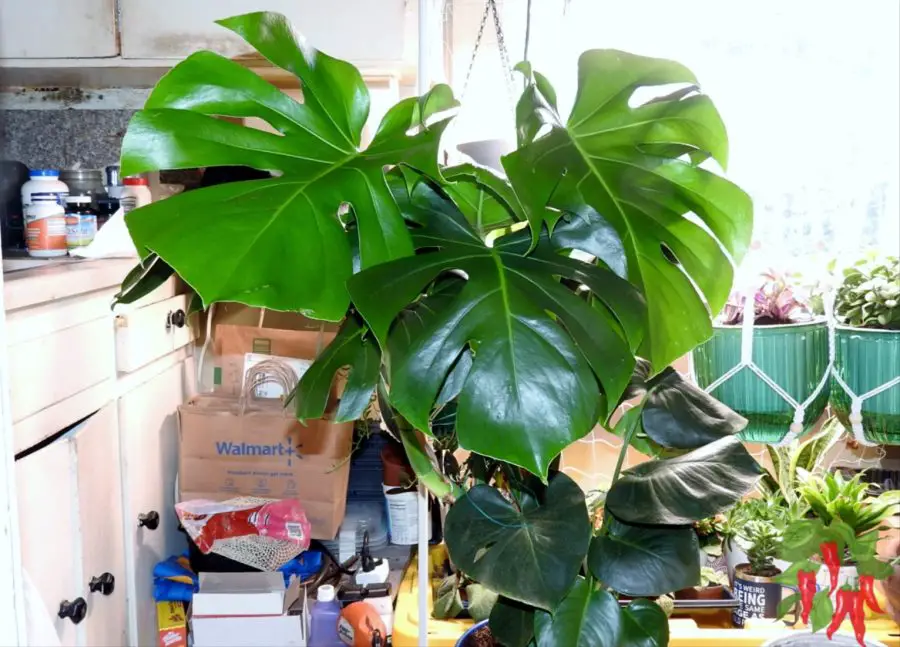
Monstera Deliciosa is known for its big, dramatic leaves—those iconic splits and holes are what give it the nickname “Swiss Cheese Plant.”
When it’s happy, it grows fast and wide, sending out thick stems and aerial roots that love to climb.
This plant comes from the tropical rainforests of Central and South America 🌎.
Out there, it grows up tree trunks, stretching toward filtered sunlight and soaking in all that jungle humidity.
So when you’re growing it indoors, your goal is to mimic those conditions as best you can.
Monstera Growing Tips 🌿✨
Before we dive into the details, here are a few big-picture tips to help your Monstera Deliciosa thrive indoors.
These plants are tough, adaptable, and fast-growing once you dial in a few key things.
Whether you’re new to indoor plants or already have a green thumb, these quick tips will give you a strong start.
Quick Tips for Happy Growth:
- Give it space – Monsteras love to stretch out. Make sure it has room to grow wide and tall.
- Let it climb – A moss pole or stake helps mimic its natural habit of growing up trees.
- Rotate it regularly – Turning the pot every couple of weeks helps it grow evenly.
- Clean those leaves – Wipe them down now and then so they can soak in more light.
- Watch for signals – Droopy leaves, brown tips, or slow growth usually mean it wants something—more light, more water, or a bit more room.
Once you get in tune with your plant, it becomes second nature. Let’s break down everything step-by-step, starting with lighting. ☀️💧🌱
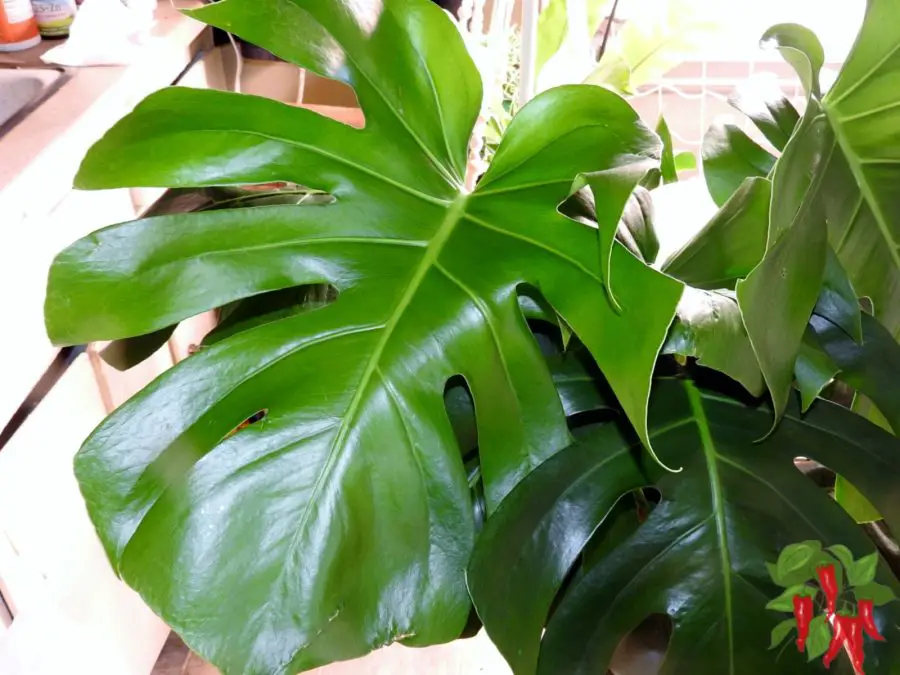
Monstera Plant Care Reference Guide
| Characteristic | Details |
|---|---|
| Common Name | Monstera Deliciosa, Swiss Cheese Plant |
| Botanical Name | Monstera deliciosa |
| Native Habitat | Tropical rainforests of Central and South America |
| Plant Type | Evergreen tropical vine |
| Growth Pattern | Climbing or sprawling with aerial roots |
| Mature Size | Up to 8–10 feet indoors, 70+ feet in the wild |
| Watering | When top 1–2 inches of soil are dry; avoid soggy soil |
| Light/Sun Exposure | Bright, indirect light; avoid direct sun |
| Soil Type | Well-draining mix with coco coir, perlite, compost |
| Soil pH | 5.5 to 7.0 (slightly acidic to neutral) |
| Temperature | 65–85°F (18–29°C) |
| Humidity | 40–60% preferred; tolerates lower with care |
| Bloom Time & Flower Color | Rare indoors; white spathe and spadix, edible fruit when ripe |
| Potential Problems | Overwatering, low light, leaf browning, spider mites, scale |
| Repotting | Every 1–2 years or when rootbound |
| Hardiness Zones (USDA) | 10–12 (outdoors); commonly grown as a houseplant |
Optimal Lighting Conditions 💡🌤️
Monstera loves bright, indirect light. Too much direct sun can burn those gorgeous leaves, but not enough light and you’ll notice smaller leaves with no splits.
Here’s what’s worked for me:
- A spot near an east-facing window works great ☀️
- Mine lives under an LED grow light, but it’s off to the side—not directly under the light
- Even at the edge of the light’s reach, it’s been growing like crazy
If your plant’s new leaves aren’t splitting, it probably wants more light!
Watering Needs 💧🪴
Watering a Monstera is all about balance. Too dry and it’ll droop. Too wet and you risk root rot.
How to water:
- Let the top inch or two of soil dry out before watering
- Water deeply until it drains out the bottom
- Empty the saucer so it’s not sitting in water
Signs to watch for:
- Underwatered: Droopy leaves that perk up after watering
- Overwatered: Yellowing leaves, mushy stems, or soggy soil
I usually check mine every few days and water when it feels dry about an inch down.
Humidity and Temperature Preferences 🌡️💦
Since Monsteras are jungle plants, they prefer warm temps and some humidity—but they’re not super picky.
Ideal conditions:
- Temperature: 65–85°F (18–29°C)
- Humidity: 40–60% is great, but mine’s doing fine even when it drops to around 30% in winter
Here’s what helps:
- Keep it away from vents or drafts
- A small humidifier can be helpful, but not a must
- You can also mist the leaves if your air is really dry (I don’t mist mine, but you can!)
Soil & Repotting Tips 🌱🪵
This plant needs soil that’s loose, airy, and drains well—nothing soggy.
Try this mix:
- Coco coir or peat
- Perlite or pumice for drainage
- A handful of compost or worm castings
I prefer using coco coir for its sustainability and its great drainage and aeration.
Repot every year or two. I moved mine to a 5-gallon pot after roots started poking through the sides of the old one.
Fertilization: Feed Me, Monstera 🌾⚡
Monsteras love to grow—and that means they love to eat. These plants are moderate to heavy feeders, especially during the growing season (spring through early fall).
What I use:
- Jack’s 3-2-1 formula (calcium nitrate + base mix + magnesium sulfate)
- Recently tried Monstera Plant Food by TPS Nutrients for fun but the jury’s still out on this one.

TPS NUTRIENTS Monstera Plant Food for Monsteras and Philodendrons, Tropical Houseplant Liquid Fertilizer 8 oz (250mL)
Feeding schedule:
- About once a week in spring and summer
- Cut back to once a month or stop entirely in fall and winter
Whatever fertilizer you use, just don’t go overboard—aim for around 1000–1200 PPM. Monsteras love nutrients, but they don’t like root burn!
Pruning and Maintenance ✂️🧼
Monsteras can get big and wild, so a little upkeep helps them stay healthy and happy.
Simple care tips:
- Prune leggy stems or overly large leaves to keep its shape
- Wipe the leaves down with a damp cloth every so often to keep them dust-free and shiny
- Aerial roots can be guided back into the pot or trained onto a moss pole or stake
Mine’s tied to a post with plant wire, which helps keep it from flopping all over the place.
It’s a climber by nature, so give it something to lean on and it’ll take off. 🌿📈
Common Issues and Troubleshooting 🐛🍃
Even though Monstera Deliciosa is a pretty low-maintenance plant, it’s not totally problem-proof.
But don’t worry—most issues are easy to fix once you know what to look for.
Common problems to watch for:
- Yellowing leaves: Usually a sign of overwatering
- Brown tips: Low humidity or inconsistent watering
- Drooping: Could be underwatering—or just time for a drink
- No leaf splits: Not enough light
- Pests: Look out for spider mites, mealybugs, or scale
Quick fixes:
- Adjust your watering schedule if leaves look sad
- Wipe leaves and check for pests during routine care
- Boost humidity with a tray of water or a humidifier
- Make sure your plant is getting enough indirect light
If something seems off, check your basics first—light, water, and airflow usually solve 90% of the problems.
Incorporating Support Structures 🌿📏
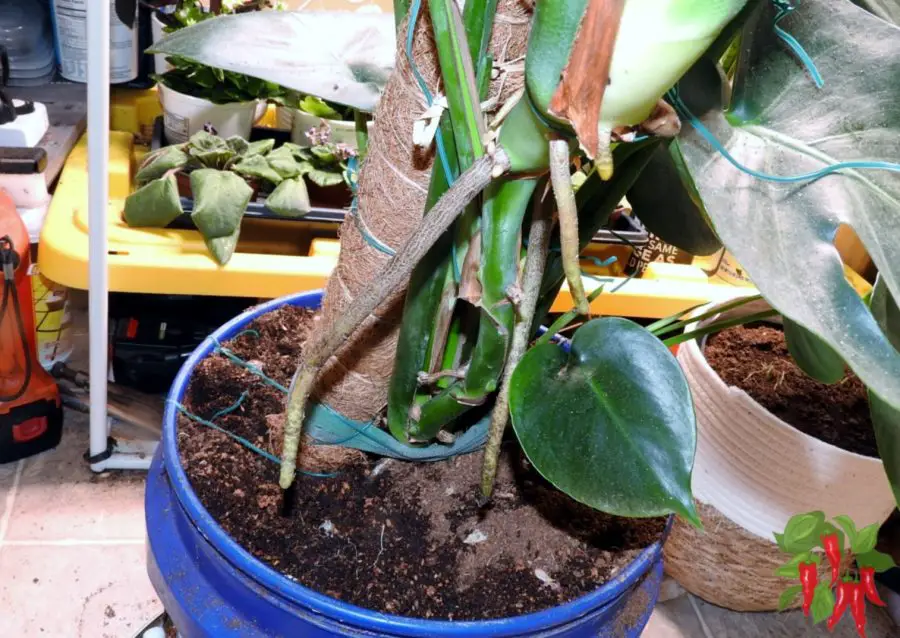
Monsteras grow upward in the wild, using their aerial roots to cling to trees. Indoors, they’ll need a little help to stay upright and thrive.
Give It a Climbing Buddy 🌿🚀
Monsteras are natural climbers. Indoors, so give them a little support.
Support options:
- Moss poles: Help retain moisture and support climbing
- Coco poles or wooden stakes: Also work great and are easy to find
- Trellises: For a more decorative option
Mine’s tied to a basic post using plant wire, and that’s helped it stay neat and keep growing upward instead of sprawling sideways.
Once you give it something to climb, it’ll know exactly what to do!
I use a basic coco coir post and some wire, and it’s been perfect for keeping my plant upright and looking neat.
Propagation Techniques 🌱✂️
Want more Monsteras? Propagation is super doable—and honestly, kind of exciting.
Here’s how I’ve done it:
- Find a healthy stem with a node and aerial root
- Cut just below the node with clean scissors
- Place it in water or moist soil
- Wait for roots to grow (this can take a few weeks)
- Once the roots are at least a couple inches long, pot it up
Propagation is a great way to share plants with friends—or just make your jungle a little bigger. 🪴💚
Safety Considerations 🚫🐶🐱
As beautiful as this plant is, it’s not pet- or kid-friendly. Monstera Deliciosa contains calcium oxalate crystals, which are toxic if chewed or eaten.
Keep it safe by:
- Placing the plant up high or out of reach
- Using a plant stand or shelf
- Keeping an eye on curious pets or little ones
It won’t kill anyone, but it can definitely irritate mouths and upset tummies. Better safe than sorry!
Monstera Deliciosa Care Conclusion 🌟🌿

When it comes to indoor plants that make a big impact, Monstera Deliciosa is hard to beat.
It’s easy to care for, fast-growing and gives you those huge, iconic leaves that turn your space into something special.
With the right light, a little support, and regular care, your Monstera can thrive for years.
It’s been the biggest and one of the most fun plants in my collection, and I hope yours brings just as much joy. Keep growing, and as always, keep it green. 🌱
Final Thoughts 🌟🌿
If you want an indoor plant that grows big, fast, and bold, Monstera Deliciosa checks all the boxes.
It’s been the centerpiece of my little apartment jungle, and it just keeps getting better.
With the right care—and a little patience—you’ll have a lush, vibrant Monstera that turns heads and lifts spirits. Happy growing, and as always, keep it green. 🌱
Read more:
🛒 Ready to Grow Your Own?
Now that you know how easy and rewarding it is to care for this lush, tropical beauty—why not bring one home?
Whether you’re refreshing your plant collection or looking for a great focal point plant, the Monstera Deliciosa Swiss Cheese Plant is a perfect pick.

Costa Farms Monstera Swiss Cheese Plant, Live Indoor Plant, Easy to Grow Split Leaf Houseplant in Indoors Nursery Plant Pot, Housewarming, Decoration for Home, Office, and Room Decor, 2-3 Feet Tall



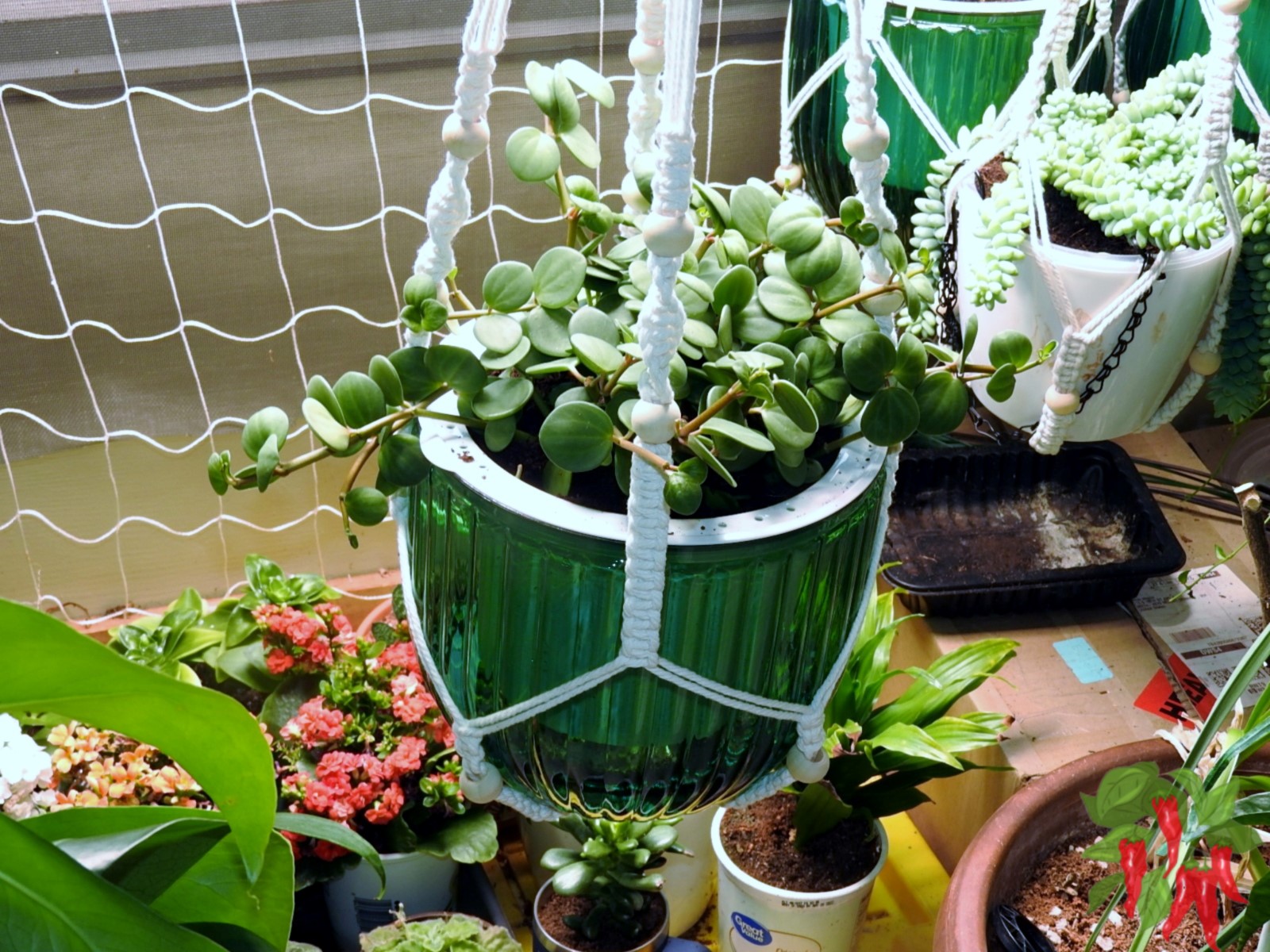
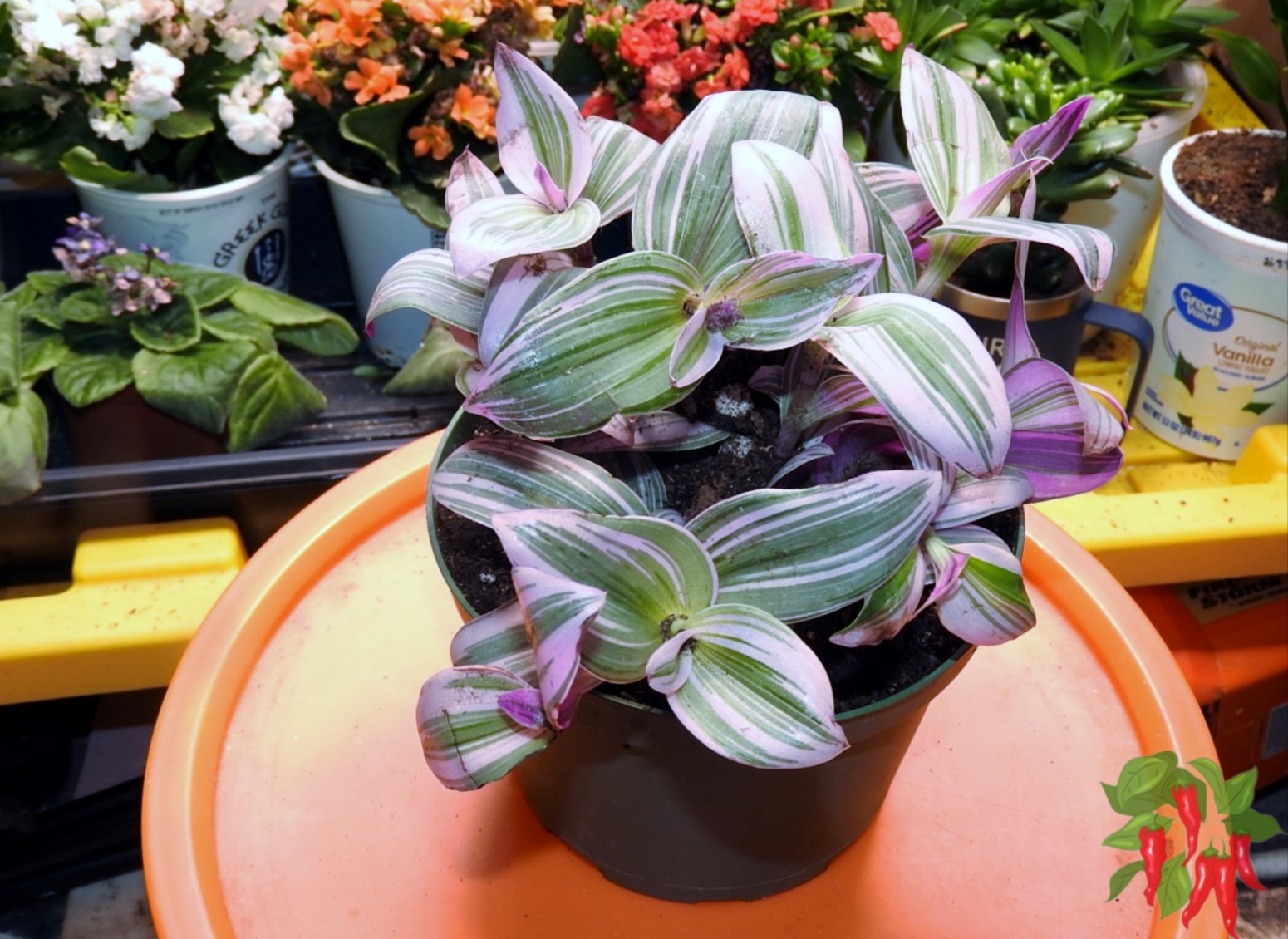
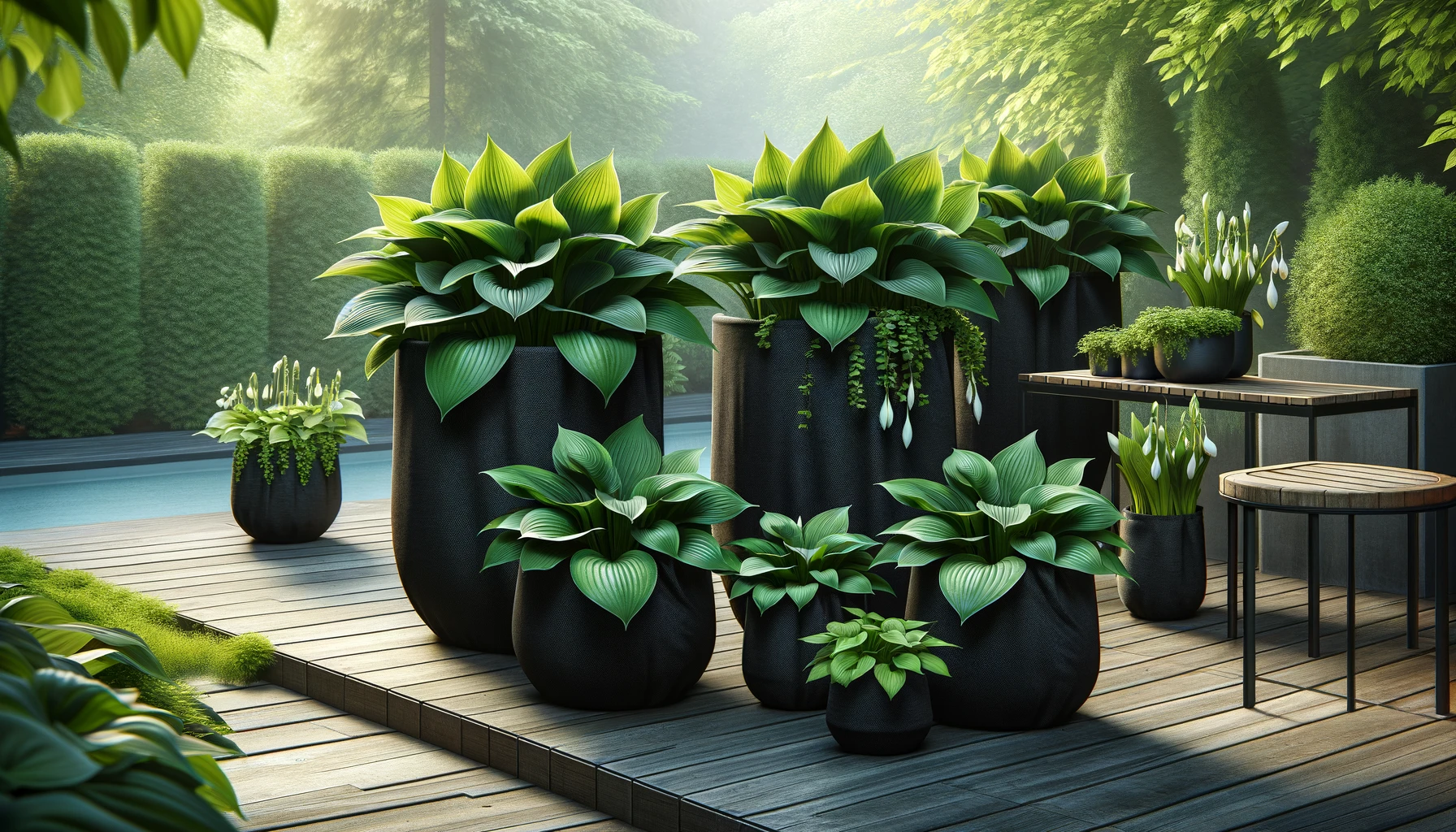

 Steve S. is the creator of
Steve S. is the creator of